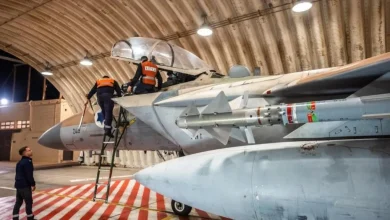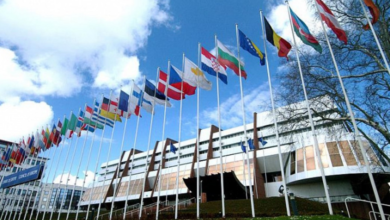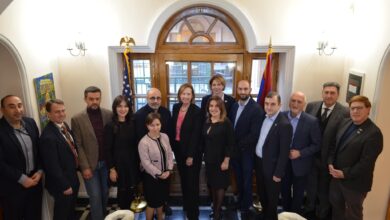Aleppo’s Armenian Forty Martyrs Church compound suffers damage

The Armenian Forty Martyrs Church compound in Judayda, Aleppo, has suffered damage. The Armenian Weekly reports that a hall, parts of the wall, the courtyard, and the gate have been damaged.
Earlier, the Armenian Weekly had reported based on news sources from Aleppo that the church was destroyed. Sources in Aleppo have since informed the Weekly that despite damage to the church compound, the church itself has escaped major harm.
Some sources reported on April 29 that the church was bombed with explosives placed underneath the structure through underground tunnels; others claimed the destruction was due to shelling.
The Prelacy of the Armenian Apostolic Church of the Eastern U.S. confirmed the attack on the church to the Armenian Weekly on April 28.
The Forty Martyrs Church dates back to the 15th century. The first mention of the church appeared in the second edition of the book, The Exploit of the Holy Bible, by Father Melikseth in 1476. The bell tower was built in 1912. The Church housed khatchkars, relics, and icons, including “The Last Judgment,” a painting that dates back to 1703.
The Church has been at the center of Armenian community life in Aleppo, where for centuries religious and cultural initiatives took place.
The attack on the Forty Martyrs Church comes about four months after terrorists bombed the Armenian Catholic Cathedral Our Lady of Pity (also known as St. Rita), located next to the Armenian Catholic Archeparchy of Aleppo, leaving the church partly destroyed. In September 2014, terrorists destroyed the Armenian Genocide Memorial Church in Der Zor, Syria—considered the Auschwitz of the Armenian Genocide.
Before the start of the Syrian crisis in the spring of 2011, between 60,000-70,000 Armenians called Syria home, constituting less than 0.5 percent of the country’s total population. More than half of them lived in Aleppo, with the other half scattered in such cities as Latakia, Homs, Qamishli, Hasakeh, Yaqubiye, Raqqa, Kessab, and the capital Damascus.








